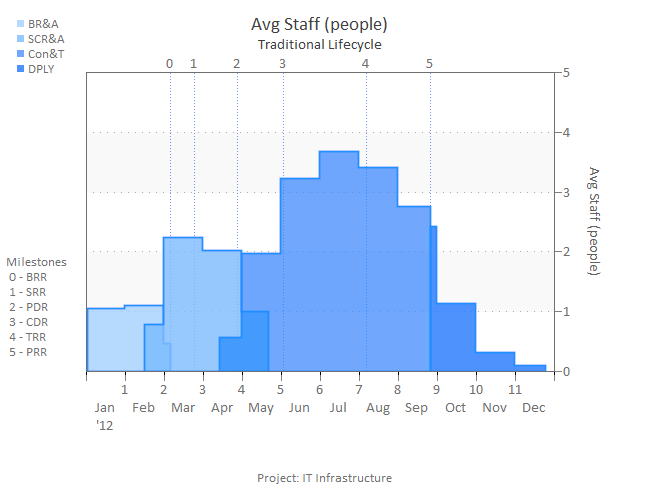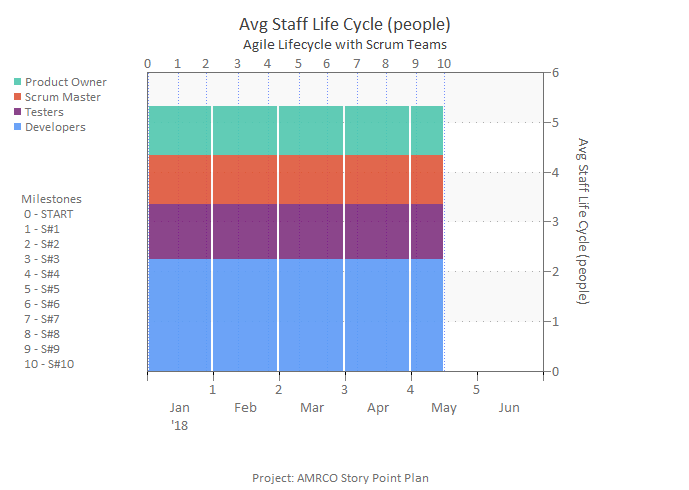Get Estimation Results Faster with QSM's New SLIM Pilot QuickStart
Estimation can be time-consuming. Whether it's gathering initial requirements from stakeholders, performing risk trade-off analysis, or reworking estimates when plans change, these processes can take days or, worse, weeks that you simply don't have.
We hear that. And at QSM, our goal has always been to make the estimation process as quick and painless as possible. For almost 45 years, we've refined our tools to provide accurate project predictions with very few inputs required. Leveraging the power of industry data and proven mathematical models, you can generate defensible estimates within minutes and examine alternative scenarios without tedious rework. But as with any tool, there is a learning curve and we recognize how hard it is to find time in a busy schedule for training. We want to get you set up and reaping the benefits of our tools so you can get back to working with your team to ensure that your clients and stakeholders are happy with the overall product delivery. This is why we're introducing the SLIM Pilot QuickStart, a training and coaching program with flexible delivery designed to work with individual client schedules.

We believe the best way to learn is to learn by doing. The SLIM Pilot QuickStart program is an online, instructor-led live session that focuses on applying QSM's SLIM estimation tools and best practices to your current measurement problems. This "learn as you go" approach allows you to improve your estimation process quickly to improve the bottom line. The program centers around a 2-hour intro session filled with a wealth of information including:

 QSM is deeply saddened to share that our founder, Larry Putnam, Sr. passed away last week at the age of 91, leaving behind a 40 year legacy in the software estimation and measurement field.
QSM is deeply saddened to share that our founder, Larry Putnam, Sr. passed away last week at the age of 91, leaving behind a 40 year legacy in the software estimation and measurement field.
